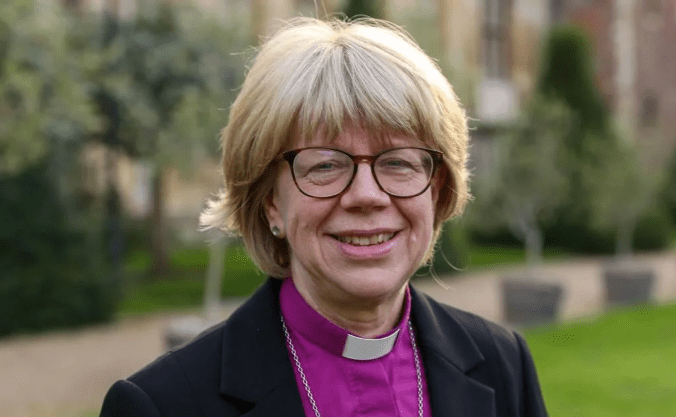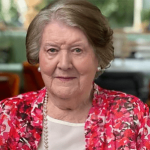In a monumental turn for the Church of England, Dame Sarah Mullally has been appointed as the first-ever woman to hold the title of Archbishop of Canterbury, shattering a centuries-old tradition and marking a major step forward in ecclesiastical history.
Dame Sarah Mullally named first woman Archbishop of Canterbury
This appointment is more than ceremonial. The Archbishop of Canterbury is the senior bishop and spiritual leader of the Church of England and holds a pivotal role as the symbolic head of the worldwide Anglican Communion, representing nearly 85 million Anglicans across the globe.
From presiding over royal ceremonies to shaping national moral discourse, the Archbishop’s influence stretches far beyond the pulpit. The position also includes a seat in the House of Lords, blending faith and public responsibility.
Dame Sarah’s appointment signals a bold shift, one rooted in healing, inclusion, and a vision for a modern Church.
Reason behind Welby’s Departure
The position became available after Justin Welby stepped down in January 2025, following intense scrutiny over his handling of safeguarding failings, especially in cases of historic abuse within church institutions.
His resignation was seen by many as necessary, though painful, and left a power vacuum at a critical moment.
For nearly a year, the role has been filled temporarily by the Archbishop of York, Stephen Cottrell, while the Church underwent an intense and confidential selection process.
Who Is Dame Sarah Mullally?
Dame Sarah isn’t new to breaking barriers.
- Originally trained as a nurse, she rose swiftly to become Chief Nursing Officer for England before turning towards full-time ministry.
- She was ordained in the early 2000s and made waves again in 2018 when she became the first female Bishop of London, the second most senior post in the Church of England.
- Known for her pastoral compassion and administrative discipline, she blends healthcare-level professionalism with deep spiritual integrity.
“I look forward to sharing this journey of faith … and bringing people together to find hope and healing.”
She’s married with two children and is known for advocating progressive values within the Church, including support for same-sex blessings, while maintaining deep respect for Anglican traditions.
What is the role of the Archbishop of Canterbury?
As Archbishop of Canterbury, Dame Sarah will:
- Lead the Church of England at home.
- Represent Anglicans on the global stage.
- Preside over state and royal religious services.
- Shape doctrine and responses to moral and political issues.
- Sit among senior peers in the House of Lords.
She will officially take office in March 2026, after the Confirmation of Election at St Paul’s Cathedral in January. She will then be formally enthroned at Canterbury Cathedral, following the King’s homage.
Fractures and Friction in the Communion
Not everyone is cheering. Her appointment has stirred strong opposition from conservative Anglican factions, particularly those abroad.
The GAFCON alliance representing traditionalist provinces in Africa and Asia has rejected her authority, arguing Canterbury has “abandoned leadership” in favour of progressive Western values.
It’s the latest chapter in a long-running debate over Anglican identity, doctrine, and direction.
Some leaders have even proposed rotating the spiritual leadership of the Communion, rather than keeping it anchored in Canterbury, a move that could reduce the historic power of her new role.
The Church of England has stood for over 1,400 years. Never before has it seen a woman in its top job.
The decision reflects not just a desire for gender equality but a deeper commitment to reform and relevance in a changing society.
What Comes Next
- January 2026: Legal confirmation of her appointment.
- March 2026: Enthronement at Canterbury Cathedral.
- 2026 onwards: The real work begins, healing rifts, modernising practice, and leading with empathy.
The path ahead won’t be easy. Dame Sarah faces a Church divided by doctrine, bruised by scandal, and struggling for relevance in 21st-century Britain. But with her unique blend of professional grit and pastoral warmth, many believe she may be the right leader at the right time.
Her appointment is more than just historic; it’s a turning point for the Church of England. And the world is watching.






